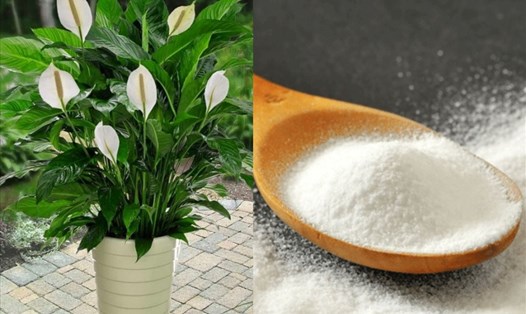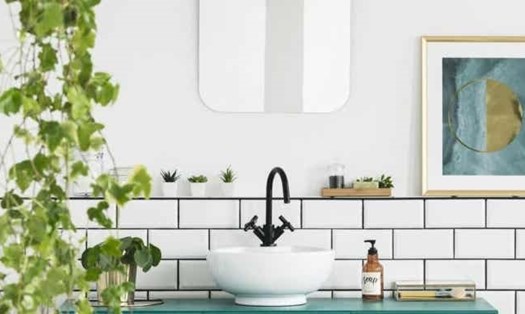Why You Shouldn't Spray Bleach on Mold
Dr Jagadish J Hiremath, Medical Director at Aasra Super Speciality Hospital (India) - said that when bleach, sodium hypochlorite solution, comes into contact with mold, a complex chemical reaction occurs.
Bleach is primarily effective against bacteria and viruses, but mold is a fungus. While bleach can kill some mold on surfaces, it cannot penetrate materials like wood and drywall, leaving mold roots intact to grow back.
Dr. Jagadish notes that mixing bleach with certain molds or even common household cleaners can create toxic gases.
“For example, combining bleach with ammonia, a compound sometimes released by mold, creates chloramine gas. This toxic gas can cause difficulty breathing, chest pain, and irritation of the eyes, nose, and throat,” Jagadish said.
Even mixing bleach with organic matter like cellulose found in wood can release volatile organic compounds (VOCs), which can irritate the lungs and cause long-term health effects.
Potential health risks
According to Dr. Jagadish, potential health risks associated with using bleach on mold include:
Inhalation: Inhaling bleach fumes or the toxic gases produced by its chemical reaction can irritate the lungs and respiratory system. This is especially dangerous for people with asthma or other respiratory conditions.
Skin and eye irritation: Bleach is a corrosive substance that can cause skin burns and eye irritation on contact.
Long-term health effects: Long-term exposure to bleach fumes and its side effects on mold has been linked to an increased risk of respiratory and neurological problems and even certain types of cancer.
Alternative solution
Vinegar: The acidity of white vinegar can kill many types of mold. Mix equal parts water and vinegar and apply to the affected area. Let sit for an hour before scrubbing and rinsing.
Baking soda: Baking soda is a natural fungicide and deodorizer. Mix baking soda and water into a paste and apply to the moldy area. Let it dry, then scrub and rinse.
Hydrogen peroxide: Hydrogen peroxide has antifungal and antibacterial properties. Dilute with water and spray on the mold. Let sit for 10-15 minutes before scrubbing and rinsing.
Tea tree oil: This essential oil has powerful antifungal properties. Mix a few drops with water and spray on mold.









